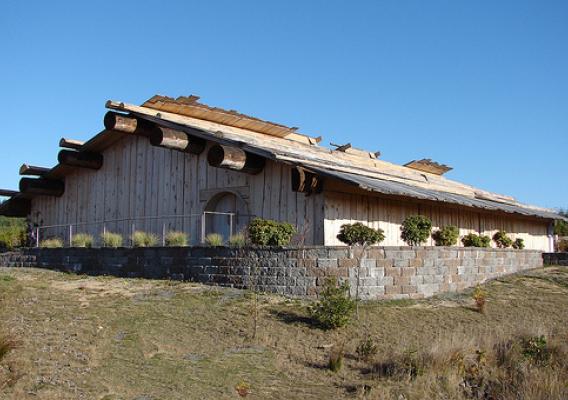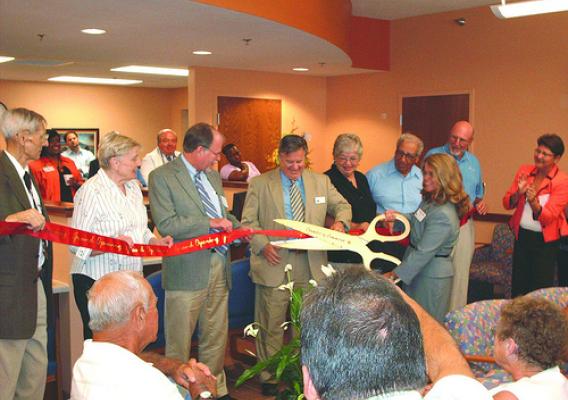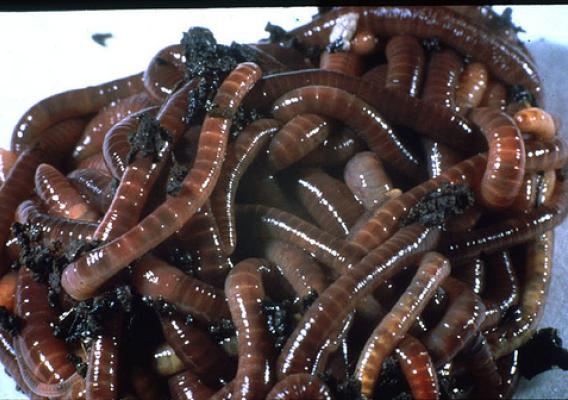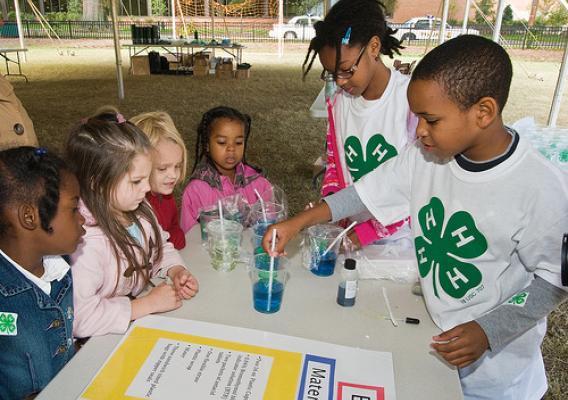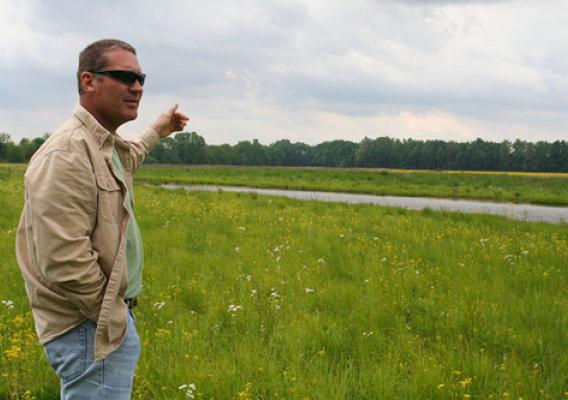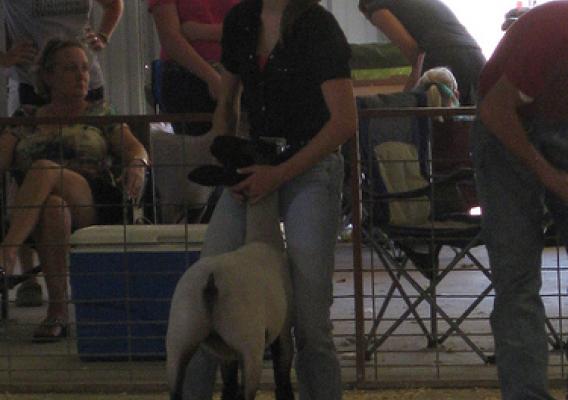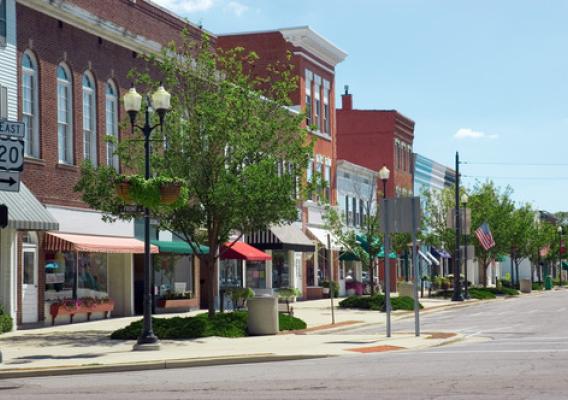This week, Agriculture Deputy Secretary Kathleen Merrigan toured the Main Street of Momence, Il, to view the positive growth made possible by USDA’s investments in rural revitalization. The community was decorated with corn stalks and fall mums to welcome Agriculture Deputy Secretary Merrigan to this town of 3,200 people, located 50 miles south of Chicago. Merrigan and Momence residents enthusiastically toured several businesses that received financing thanks to a USDA Rural Business Enterprise Grant (RBEG), administered by the USDA Rural Development agency. Last year USDA provided a $99,000 grant to “Main Street Momence,” a preservation and volunteer based economic development program, to help them establish a revolving, low-interest loan fund. The program is designed to help small businesses locate or remain in Momence’s historic downtown area. Thirteen months later, four businesses have taken advantage of the increased access to credit by taking out loans. As a result, these businesses have created 27 new full time jobs and saved another 21 in this past year alone.

